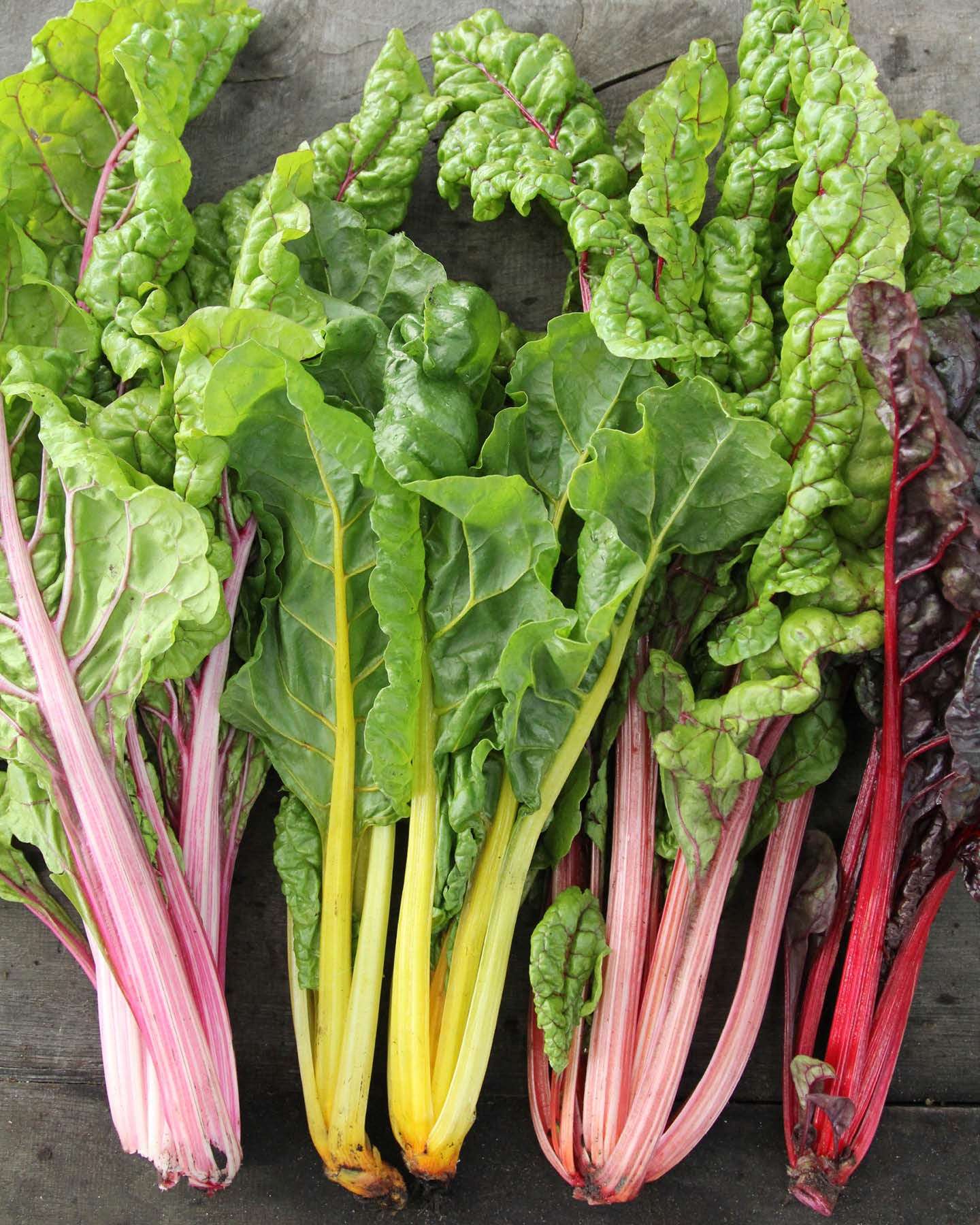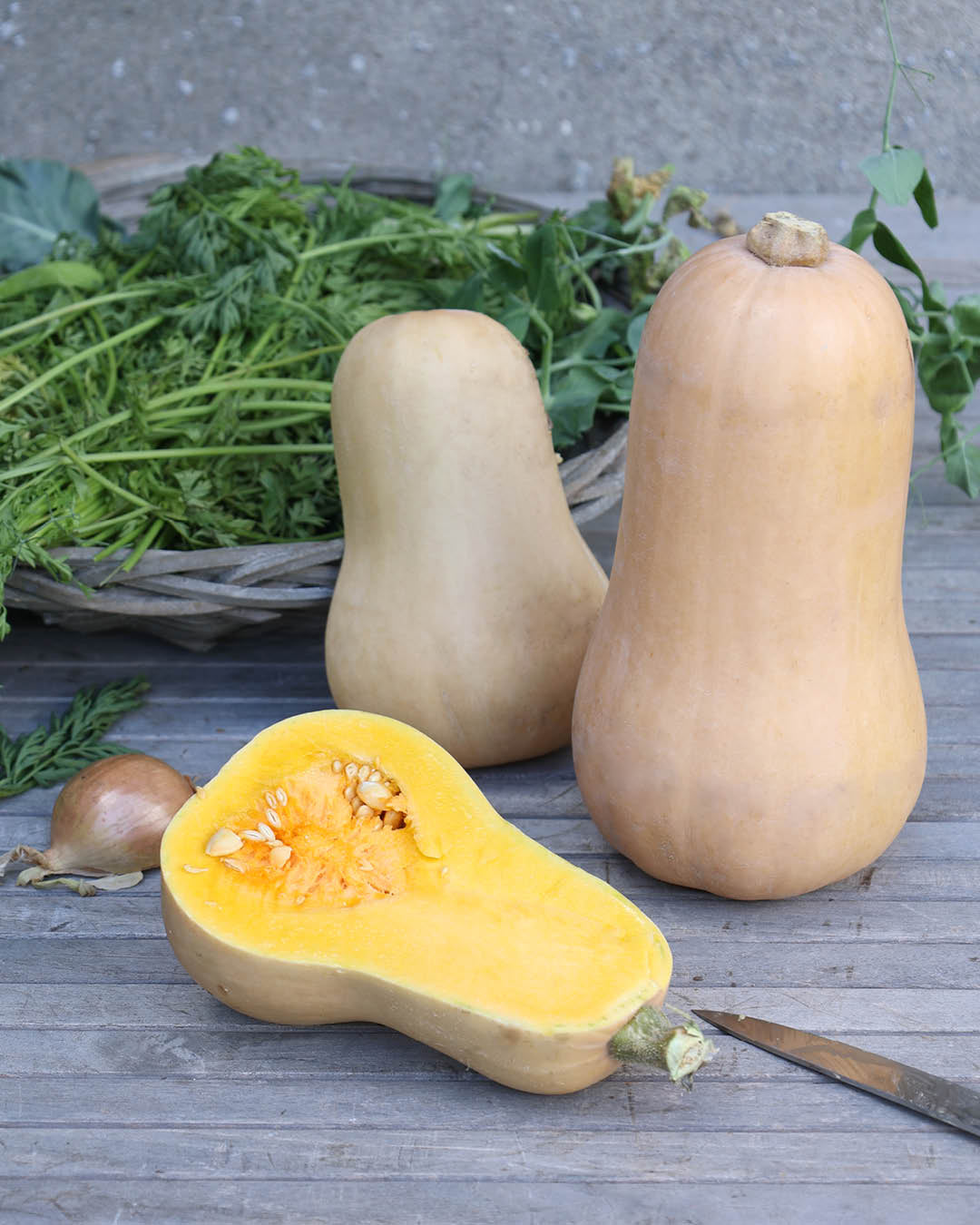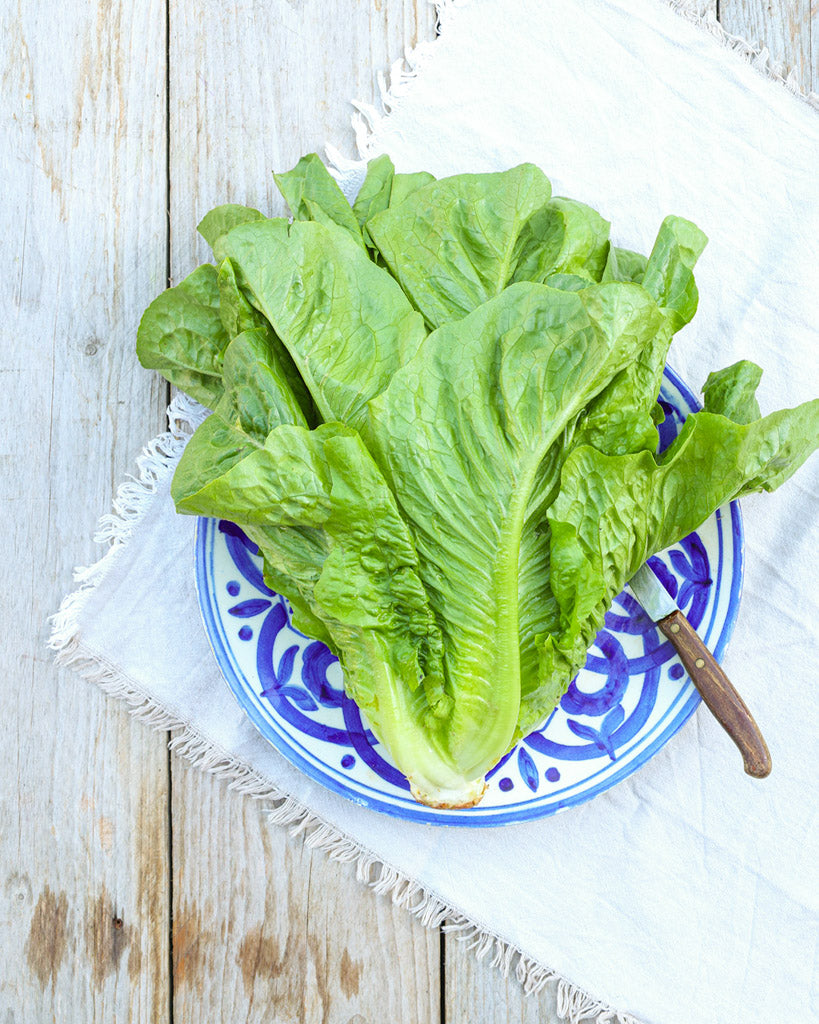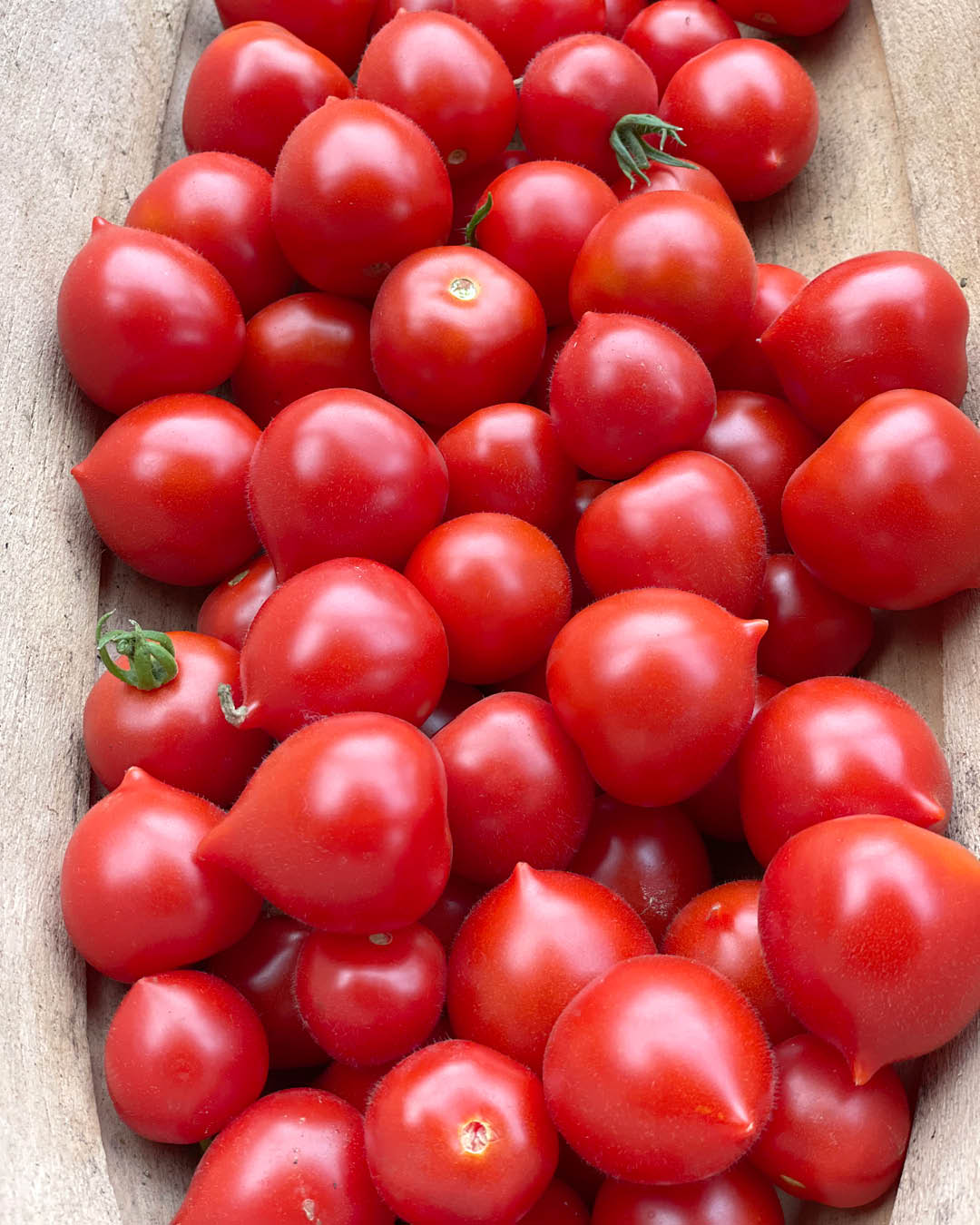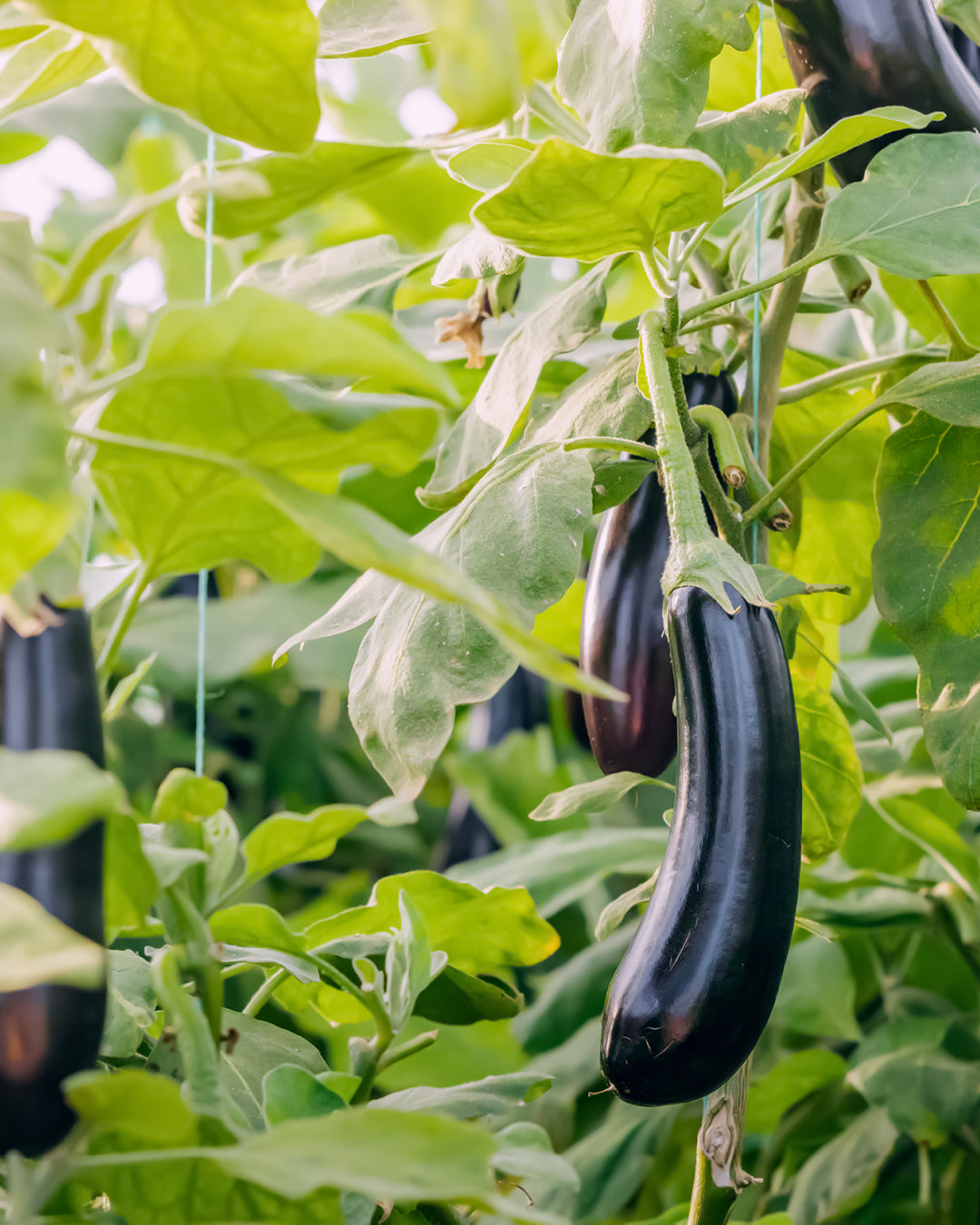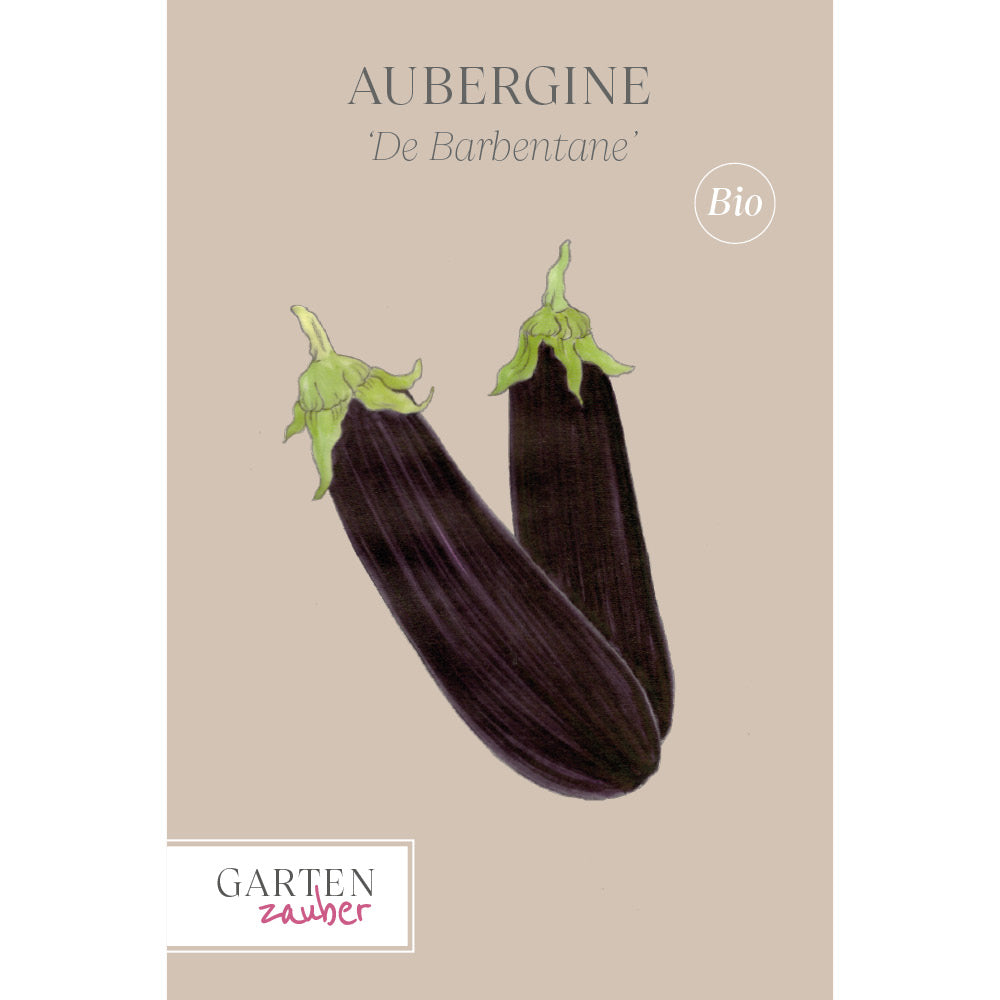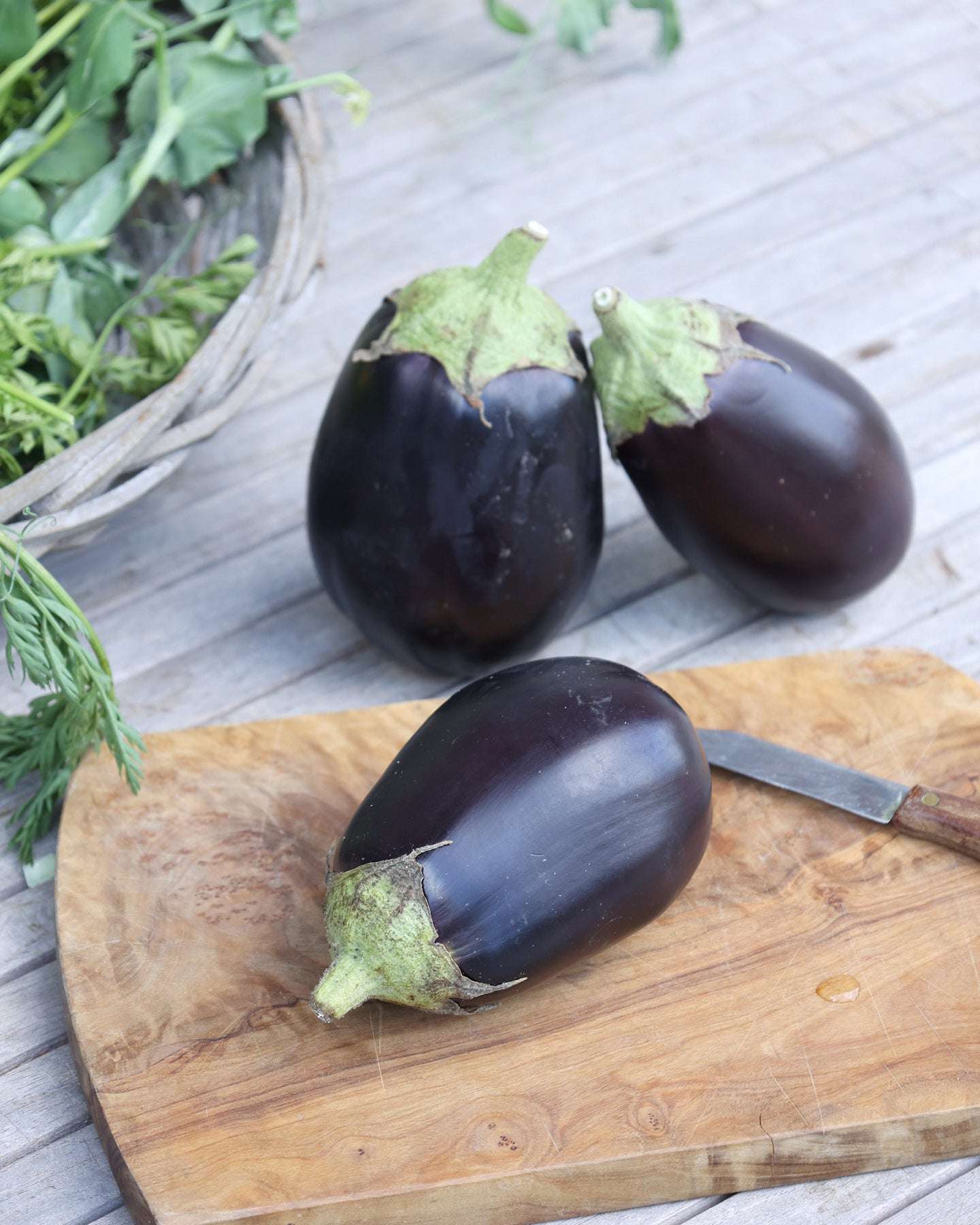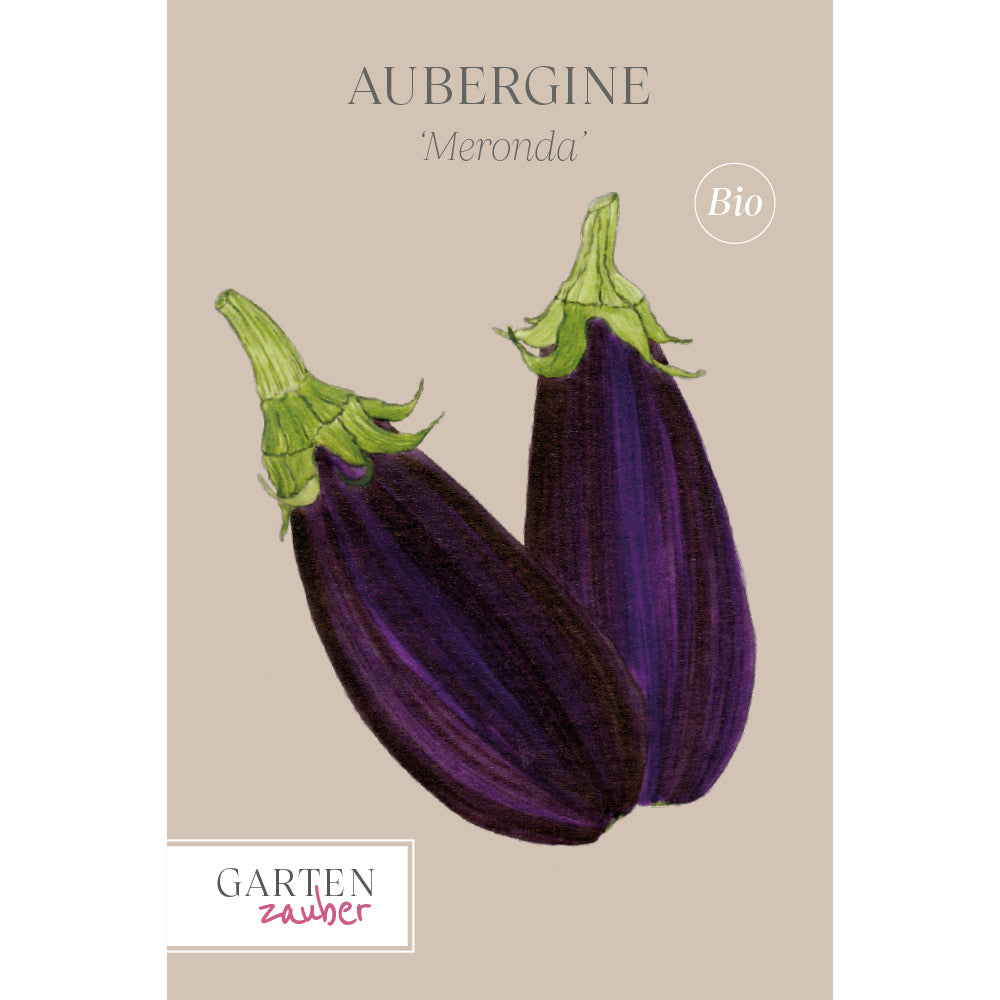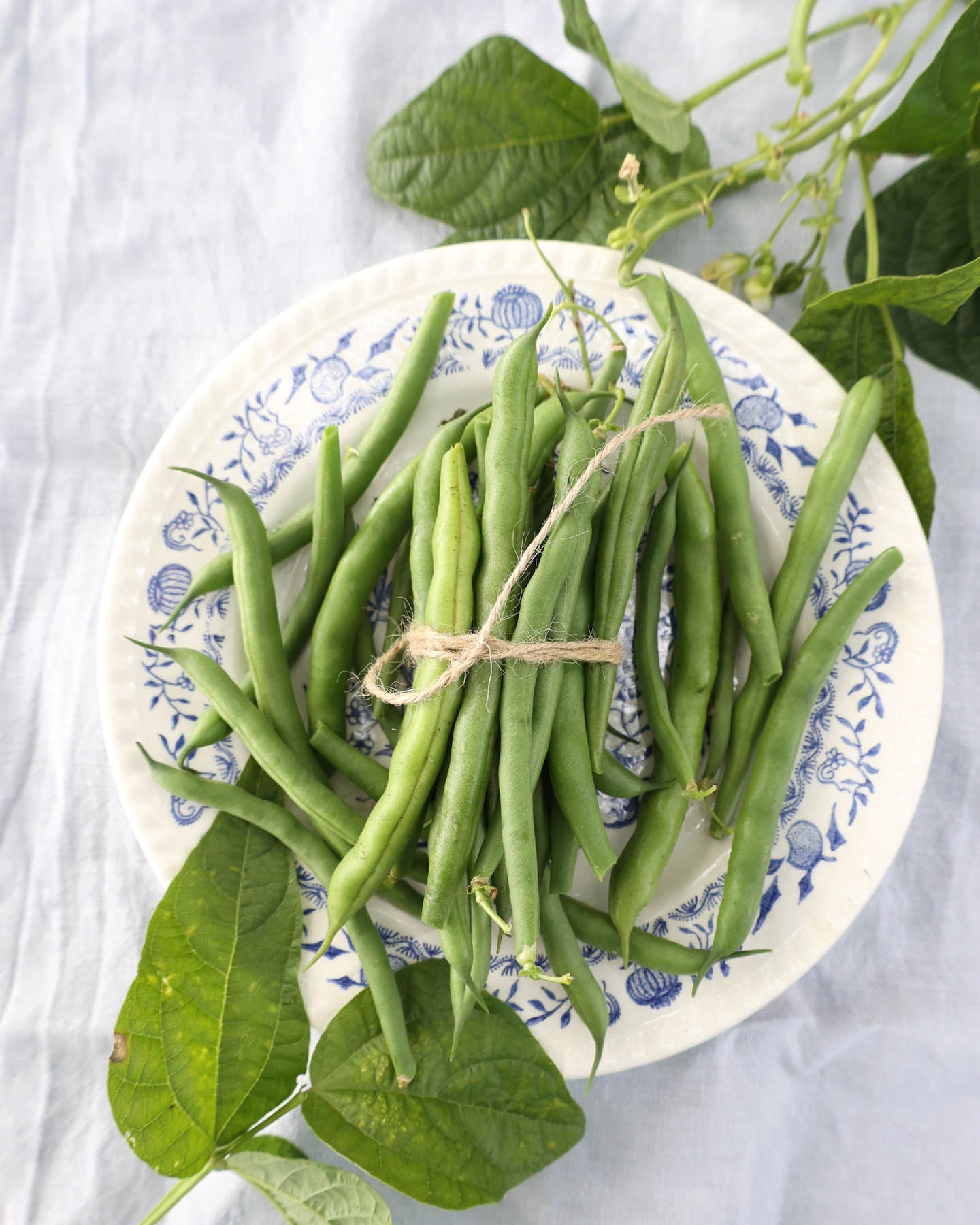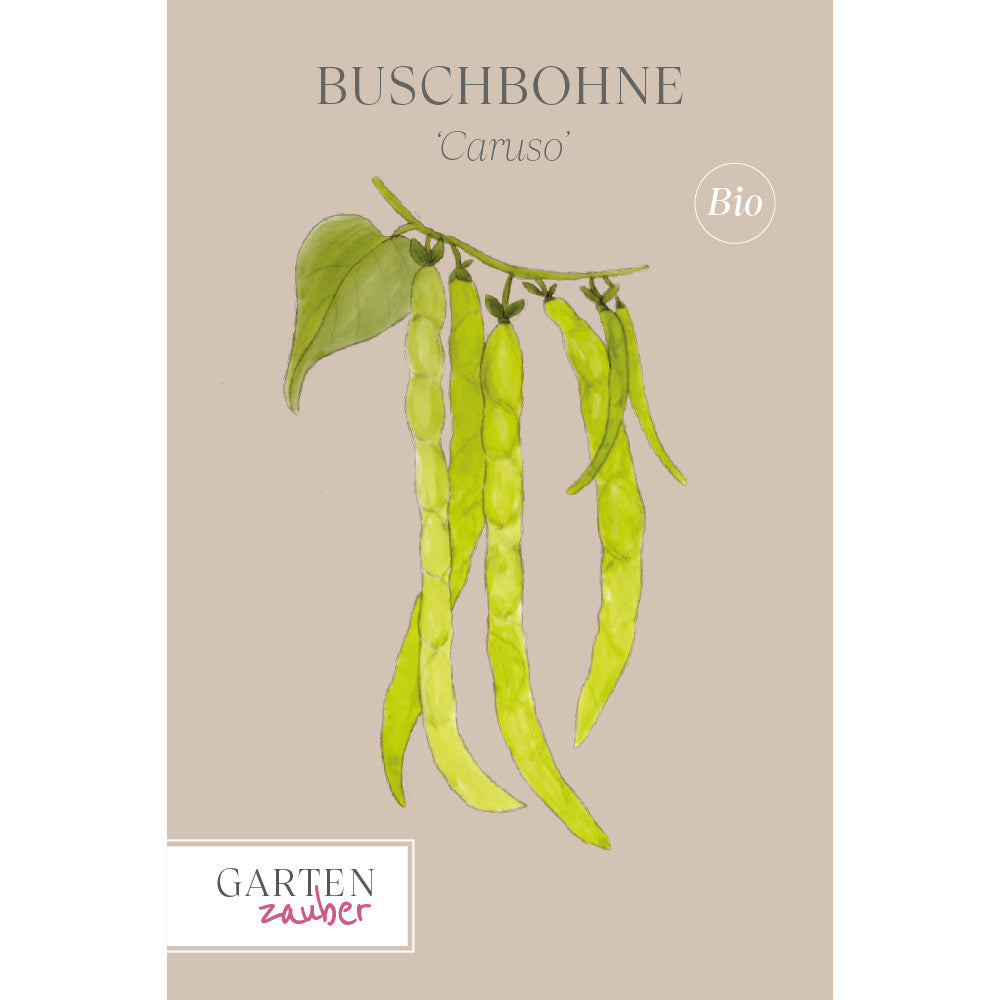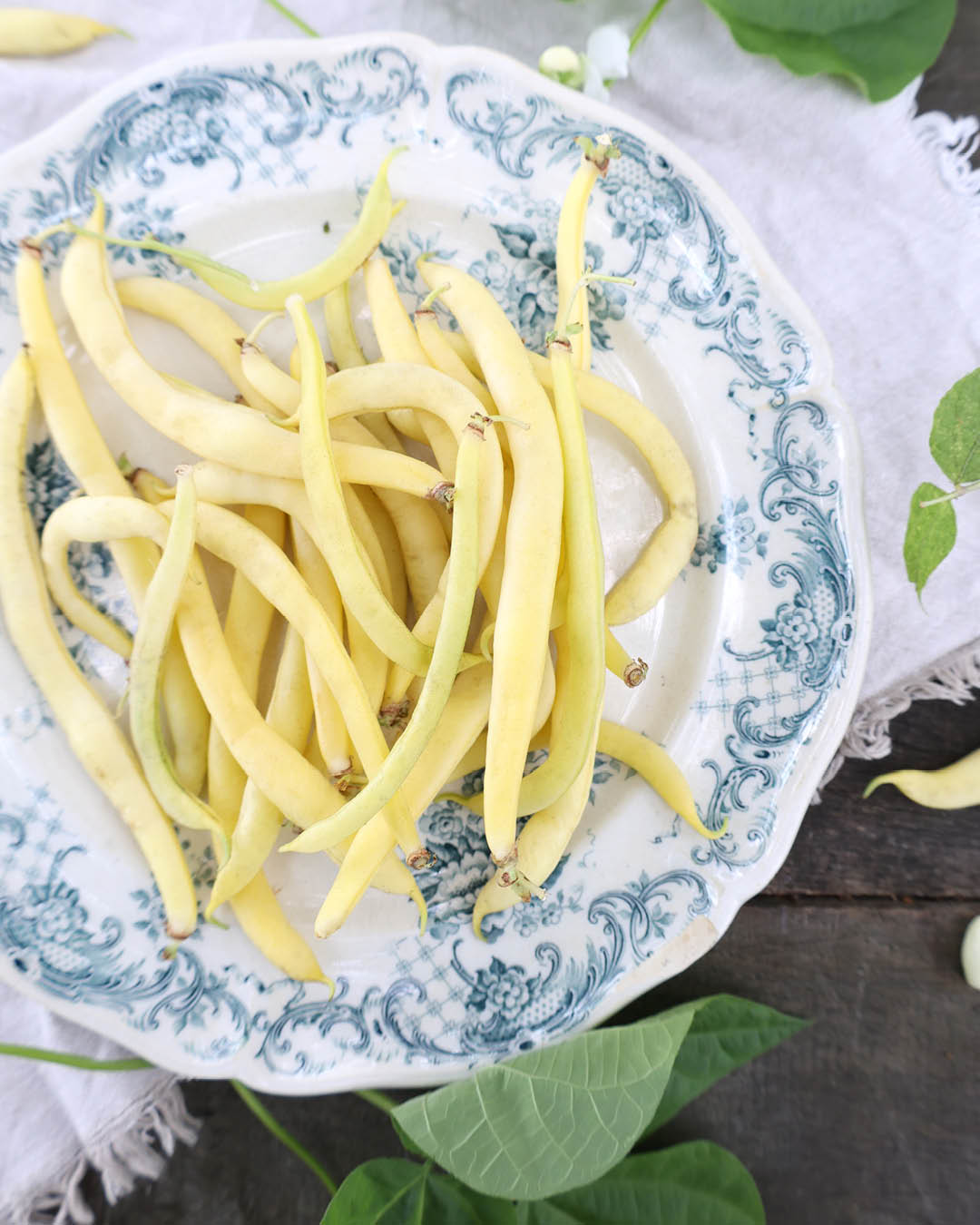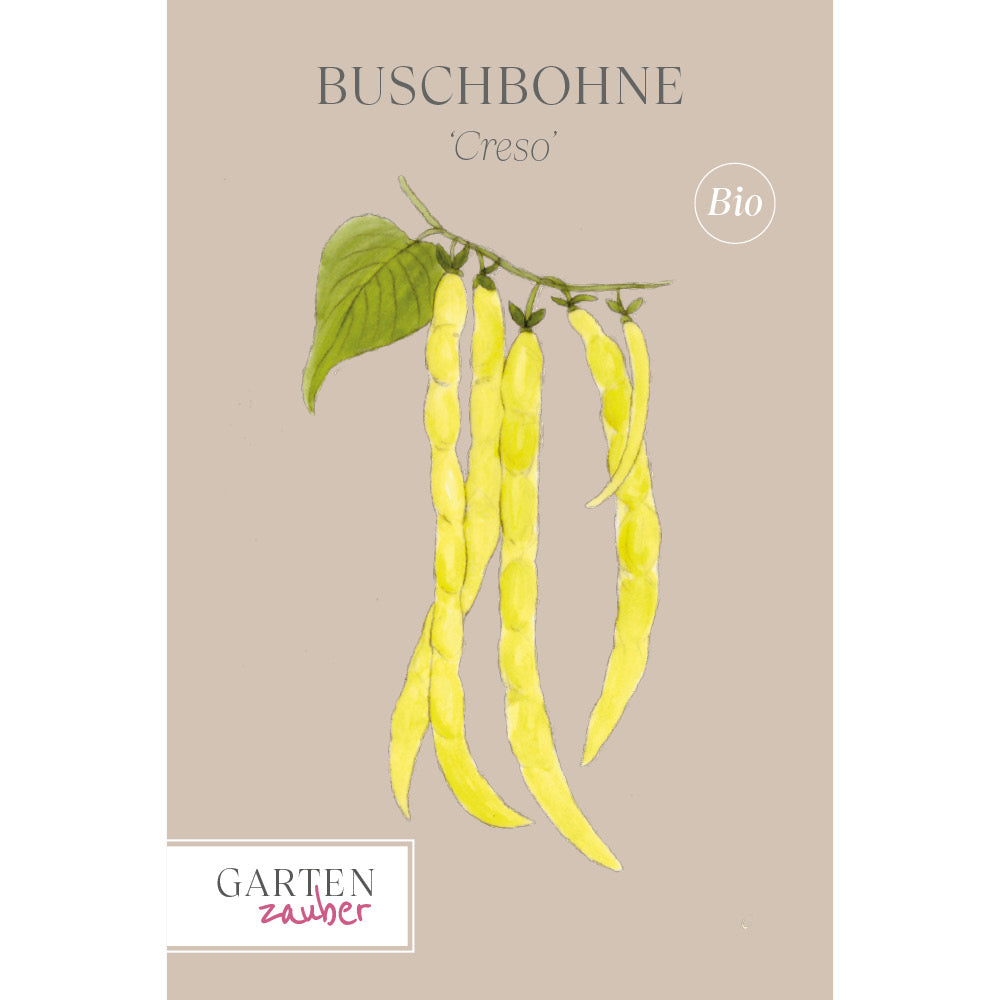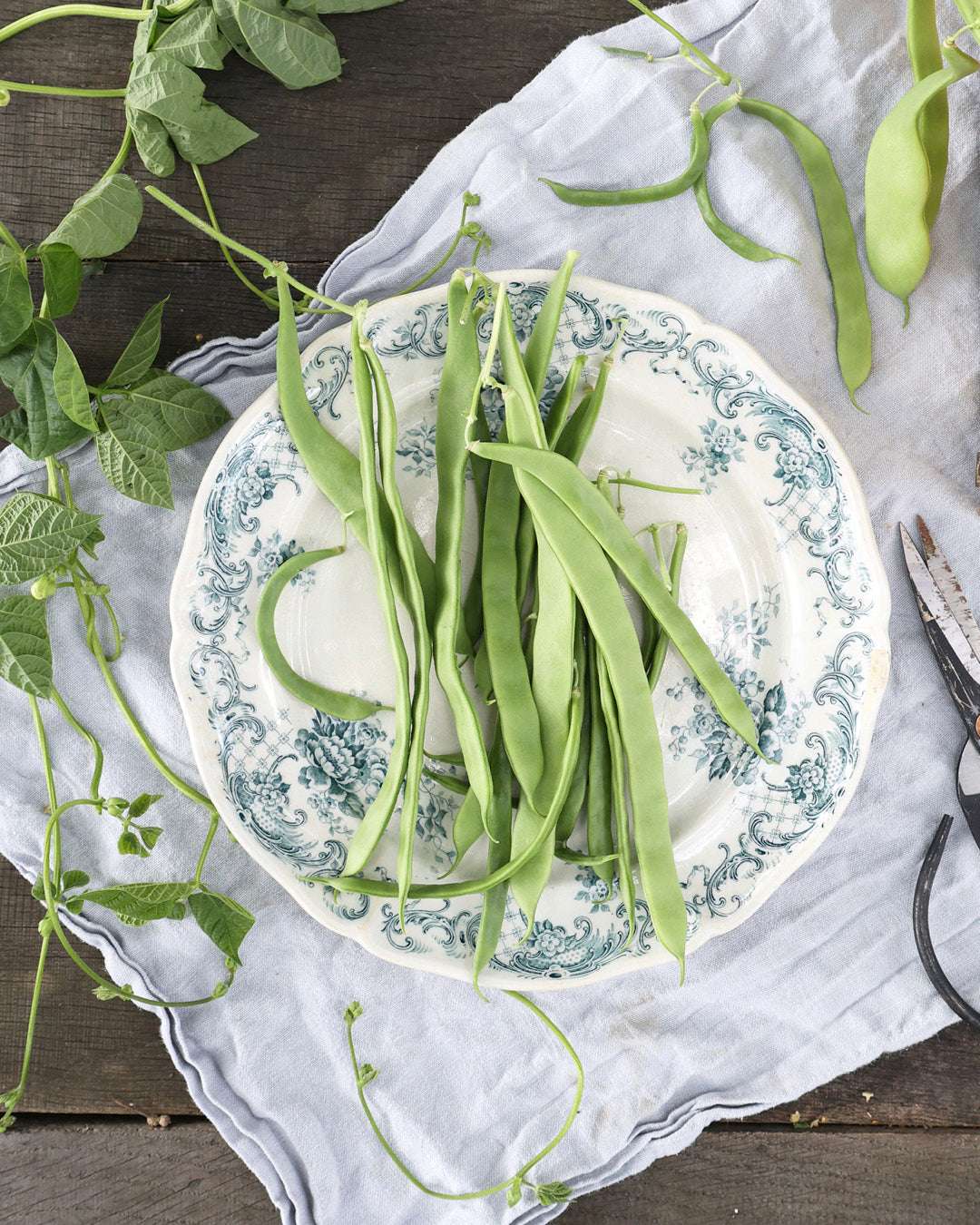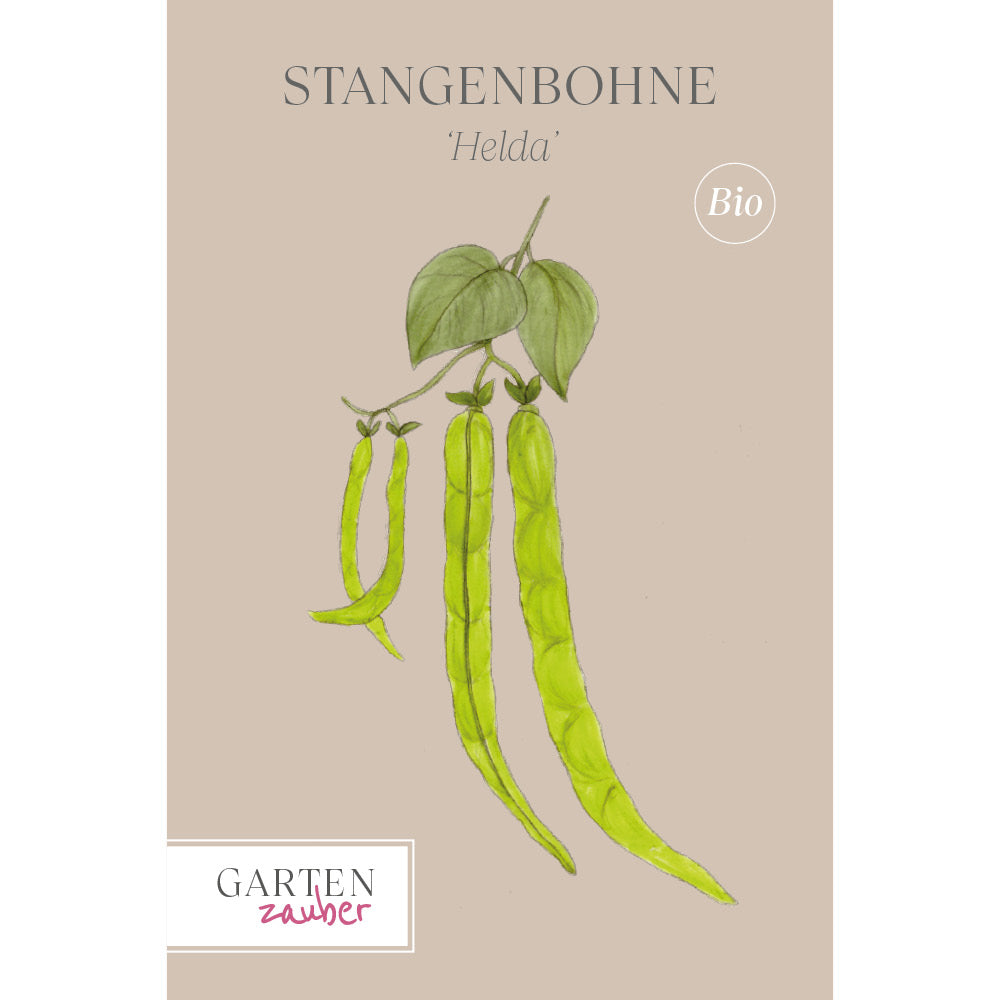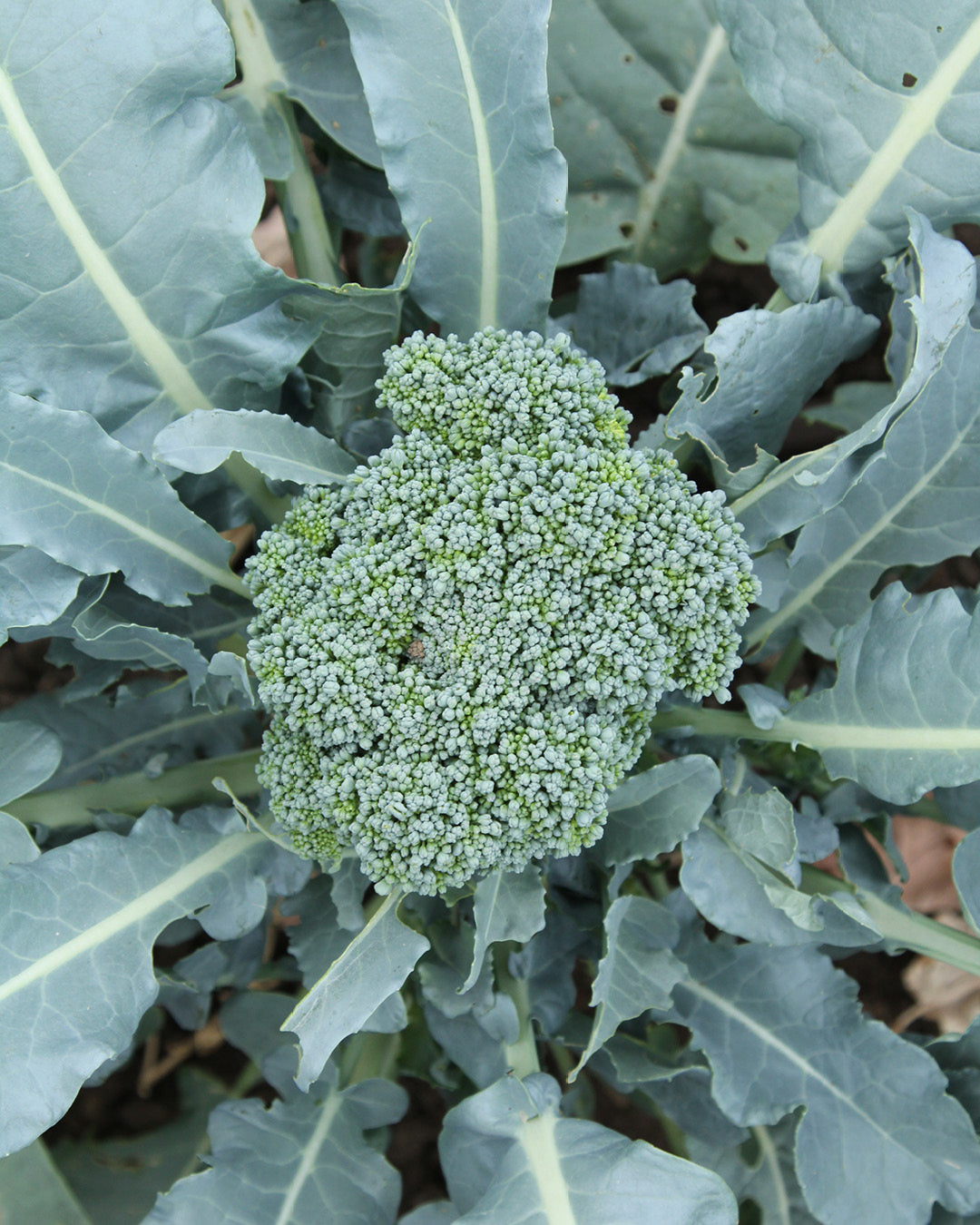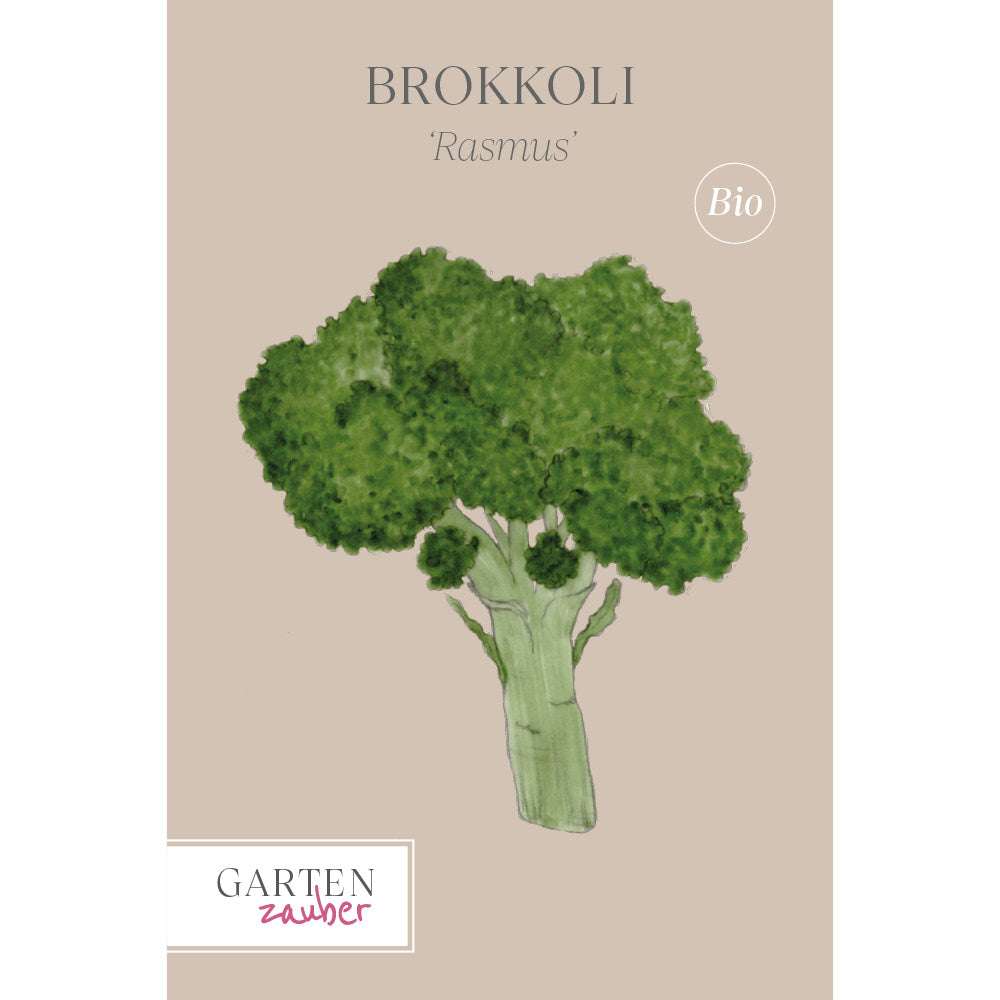Regrow your romaine lettuce
What many people don't realize: lettuce stalks are more than just kitchen waste! Once used, they can be regrown again and again. And what do you need? Nothing more than light, warmth, water, and a little care. And this works not only for lettuce, but also for many other vegetables.

Romaine lettuce
Crisp texture and bright green color: Romaine lettuce is one of the most commonly used lettuce varieties. It belongs to the garden lettuce group (Lactuca sativa) – which isn't exactly surprising. As the basis of many salad creations, it is certainly one of the regrow basics. In addition to the name romaine lettuce, other names are also common, such as romaine or Roman lettuce, cooking lettuce, binding lettuce, or in Switzerland, cos lettuce. Romaine lettuce can be found in supermarkets in various sizes. The romaine hearts are particularly popular. These are smaller versions, usually available in packs of two or three, from which the outer leaves have been removed, leaving the particularly crunchy heart. Like so many other vegetables, romaine lettuce originally comes from the Mediterranean region. Some sources claim that it was already used in ancient Egypt 4,000 years ago. Today, it is a permanent fixture on salad plates in Europe and thus virtually ubiquitous. Probably also because it is very healthy. A US study looking for the healthiest vegetables and fruits ranked romaine lettuce ninth—a very good result. Depending on the size of your regrowing container, you should use a lettuce stem that certainly won't exceed the size of your "bed."

When it comes to regrowing vegetables, romaine lettuce is a typical example, as it grows back very reliably. Moreover, most households regularly have leftovers of this lettuce variety. This way, you can kill two birds with one stone.
1. Next time you cut lettuce, don't forget your regrowing plan! The stalk of romaine lettuce should be at least 5 cm tall. Cutting it shorter will only make regrowth unnecessarily difficult.
2. Now place the stem in water. Make sure that about half of the stem is always submerged in water. The romaine lettuce also appreciates a bright spot in the house and fresh water every few days. The plant will stay this way for five to ten days.
3. When new roots appear on the stem and fresh green leaves emerge from the cut portion, it's time to plant the romaine lettuce. The stem then goes into the soil, making sure to leave the newly emerging leaves exposed. After all, they need light to provide you with fresh green leaves.
4. Continue to keep the soil moist. Within a few weeks, the leaves will grow larger and larger, waiting to become part of your next salad.
Harvest and use
There are two different options for harvesting. You can either harvest the entire head at once; in this case, you simply cut off all the leaves just above the soil with a sharp knife. Whether it then continues to grow depends on how well it is rooted – it's worth a try. The other option is to only cut off as many leaves as you need, from the outside inwards, at a time. Then it will happily continue to grow leaves. I usually use all the leaves at once. There is an incredible variety of salad recipes – especially online. From the classic mixed salad to exotic combinations, anything is possible. Due to its mild flavor, romaine lettuce is the perfect accompaniment to many dishes. Even if it might sound strange at first, combining it with fruits like strawberries or nectarines is a real hit. A mix of romaine and other lettuce types is also very good, especially if your own regrow harvest isn't enough for a full salad bowl. Another option is to use romaine lettuce as a "food boat." You can use the crunchy leaves as a kind of spoon in soups, curries, or rice dishes. This is also an insider tip for getting children to eat salad.
Regrow Check
Light ****
Heat **
Humidity ***
Difficulty level **
← vorheriger Post: Better gardening with permaculture – living sustainably in harmony with nature
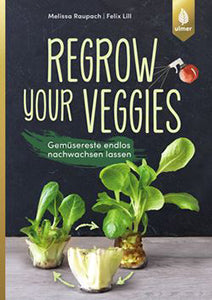
The content of this article is from the book:
Melissa Raupach | Felix Lill
Regrow your veggies – let vegetable scraps regrow endlessly
Price: EUR [D] 14.95 | EUR [A] 15.40 | CHF approx. 19.90
ISBN: 978-3-8186-0534-6
Publisher: Eugen Ulmer Publishing
The authors present a short profile of 20 vegetables that are particularly well-suited to regrowing and show how to grow, harvest, and use them in the kitchen. A short checklist reveals how warm, humid, or bright these green companions need, and a troubleshooting guide provides a quick fix should something go wrong. Armed with so much knowledge, you can simply get started and make your own contribution to sustainability with regrowing at home.

